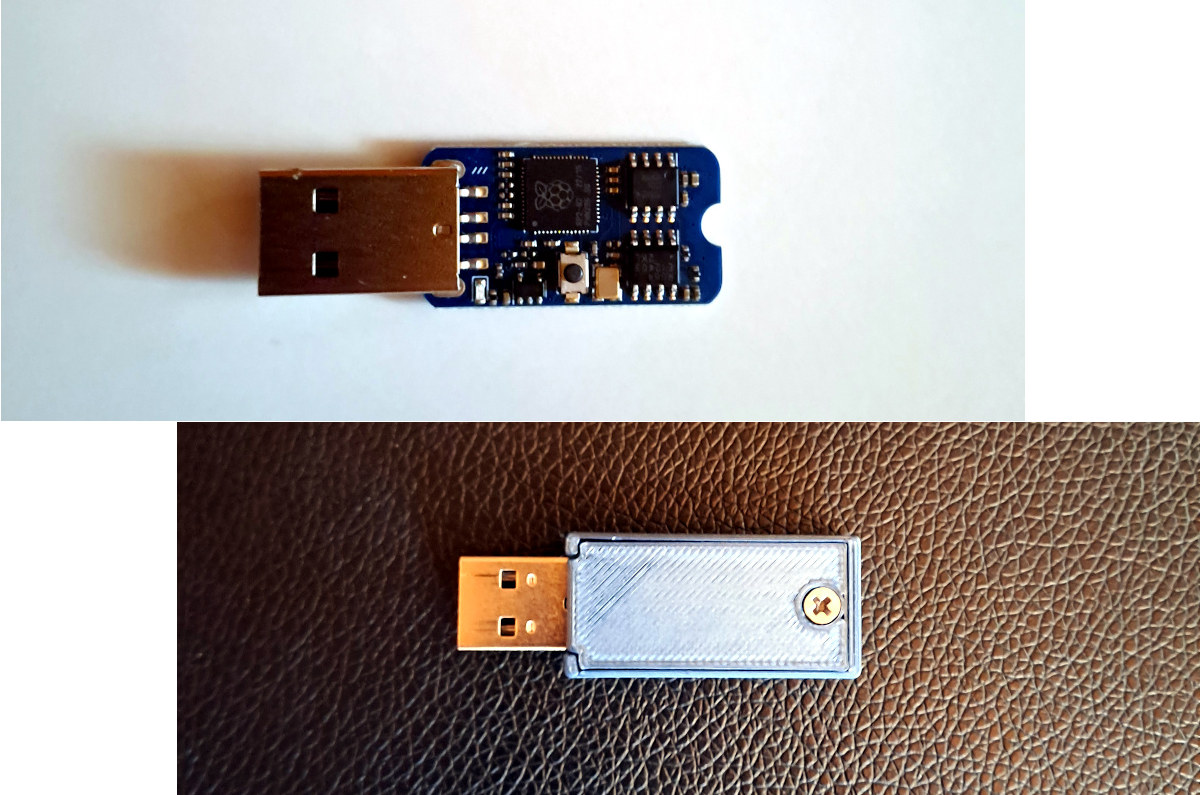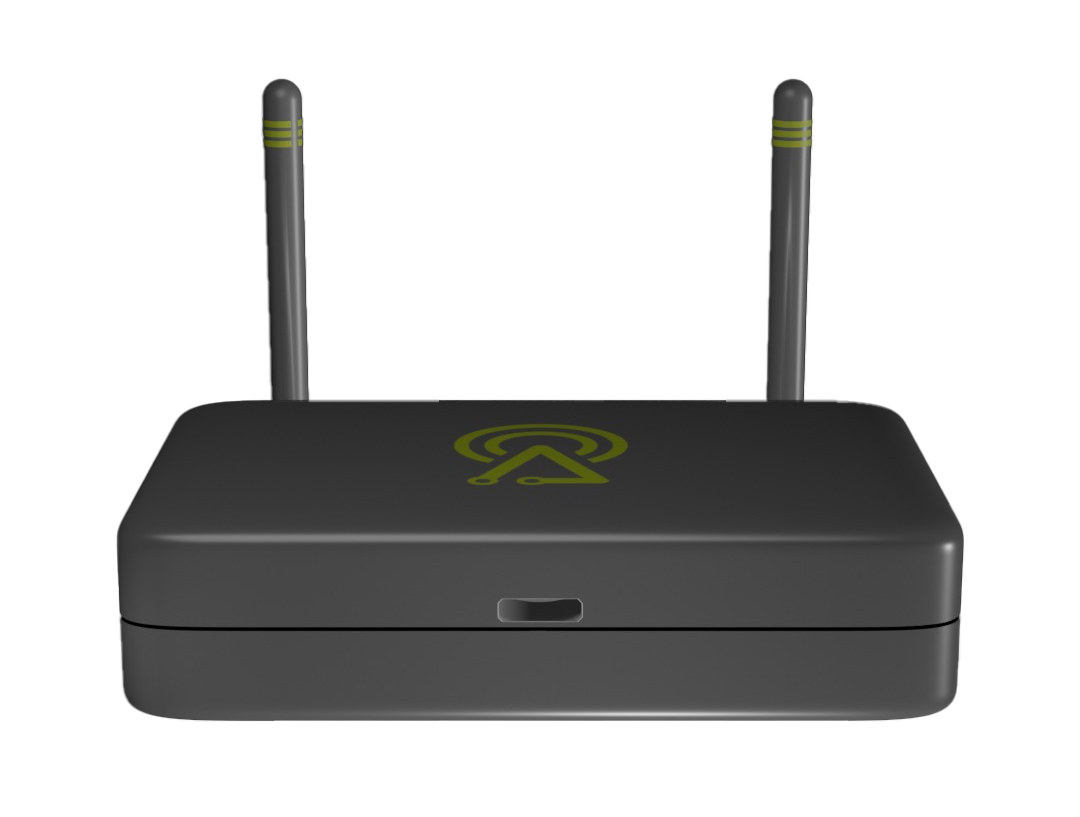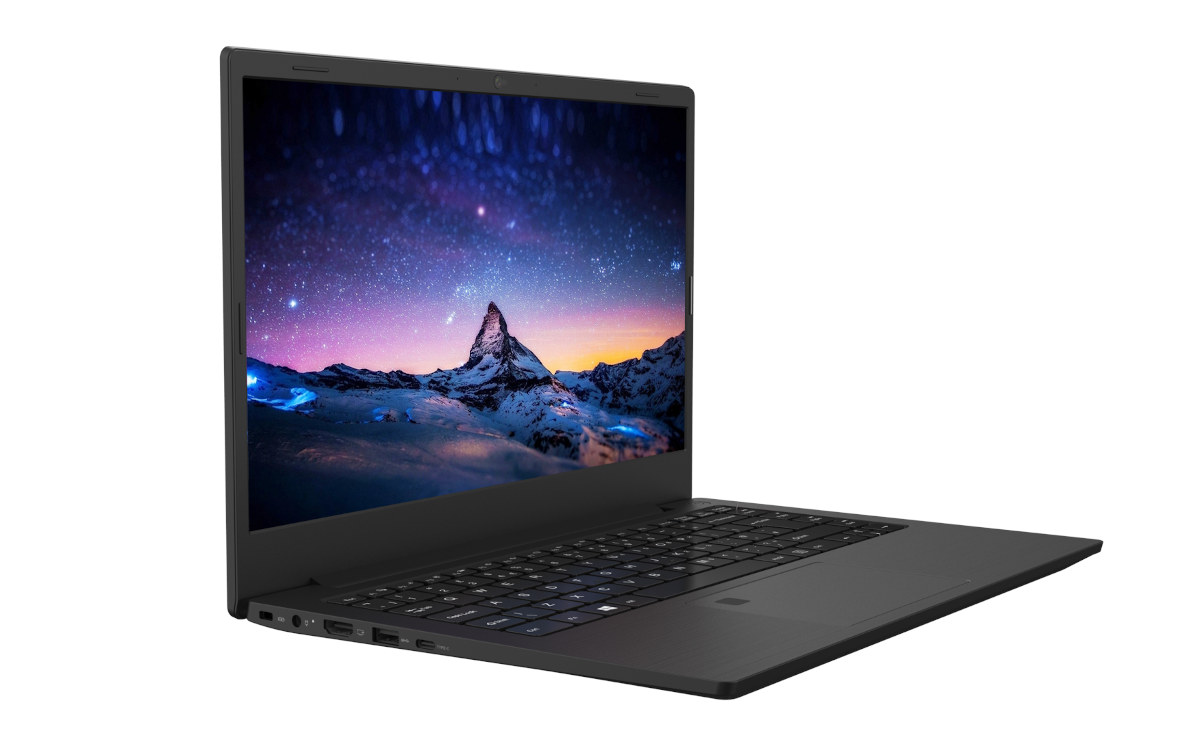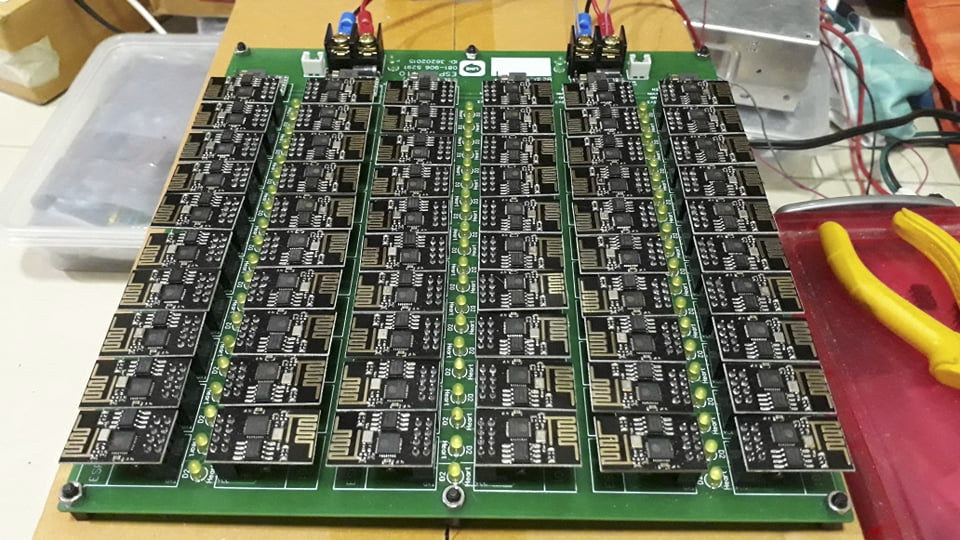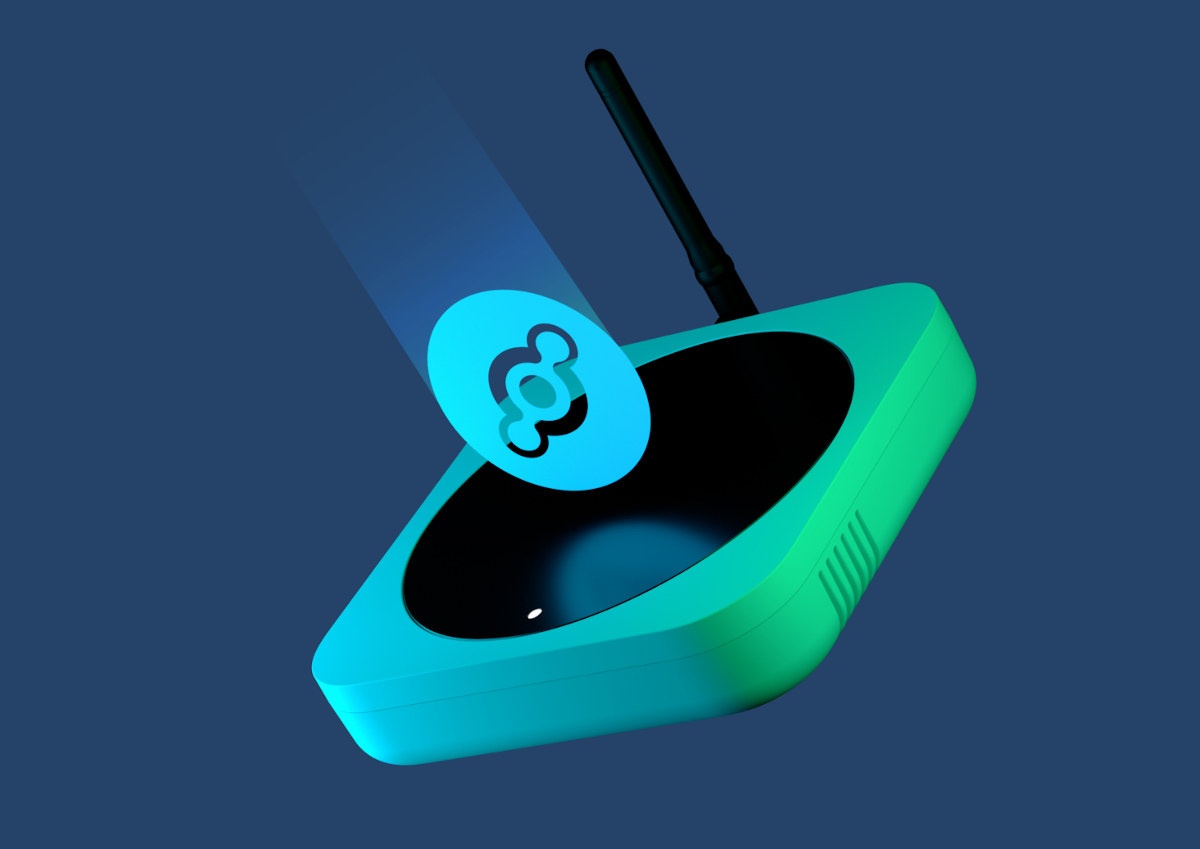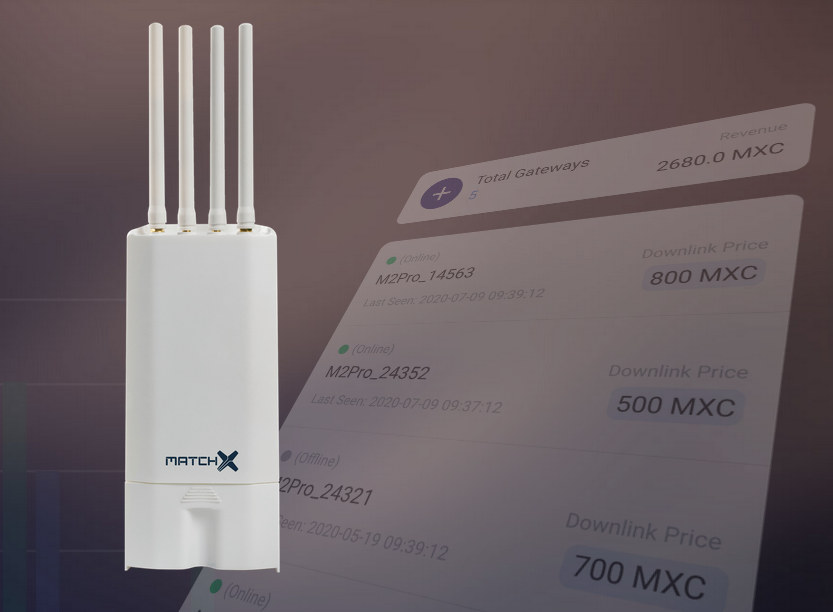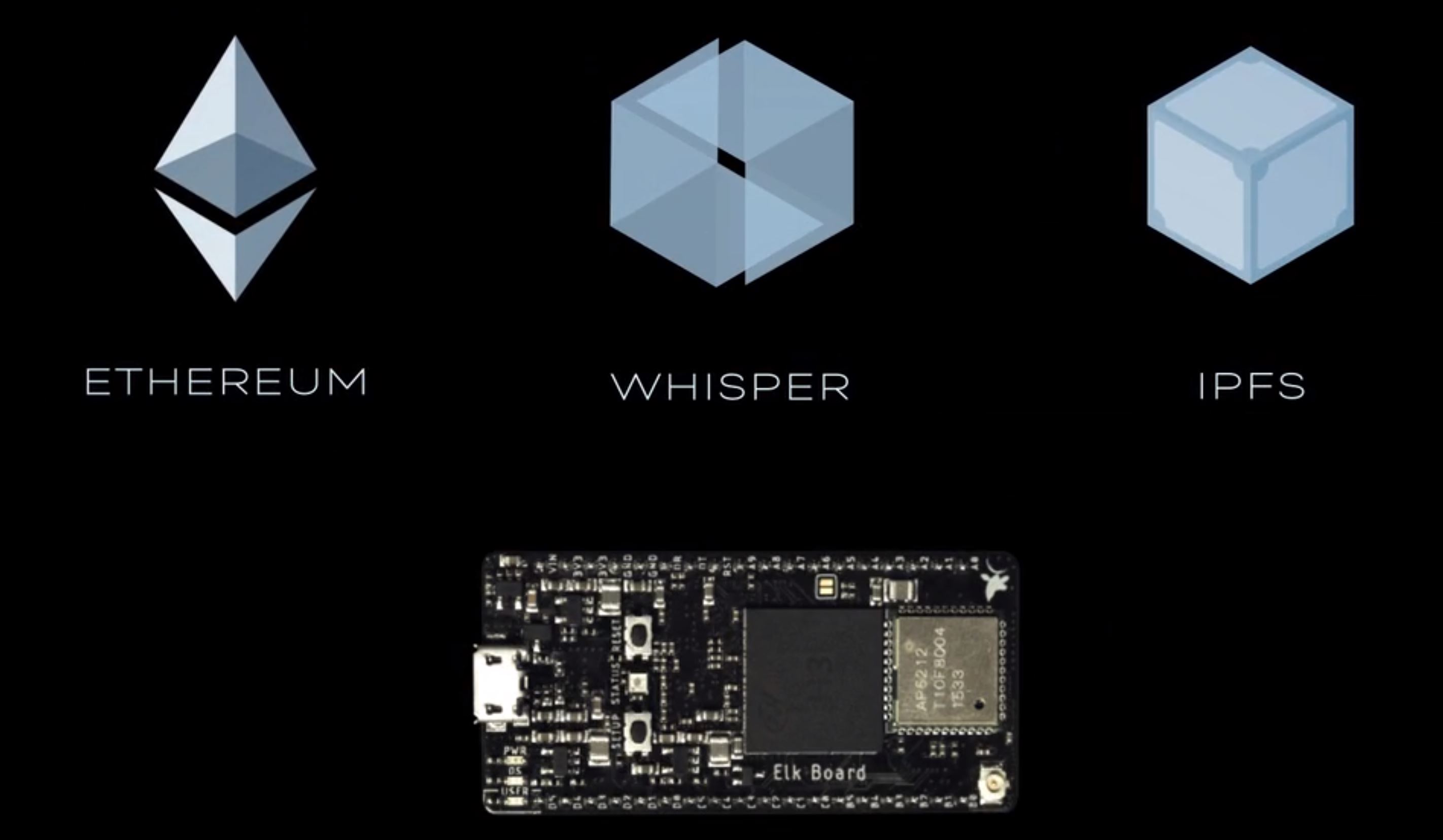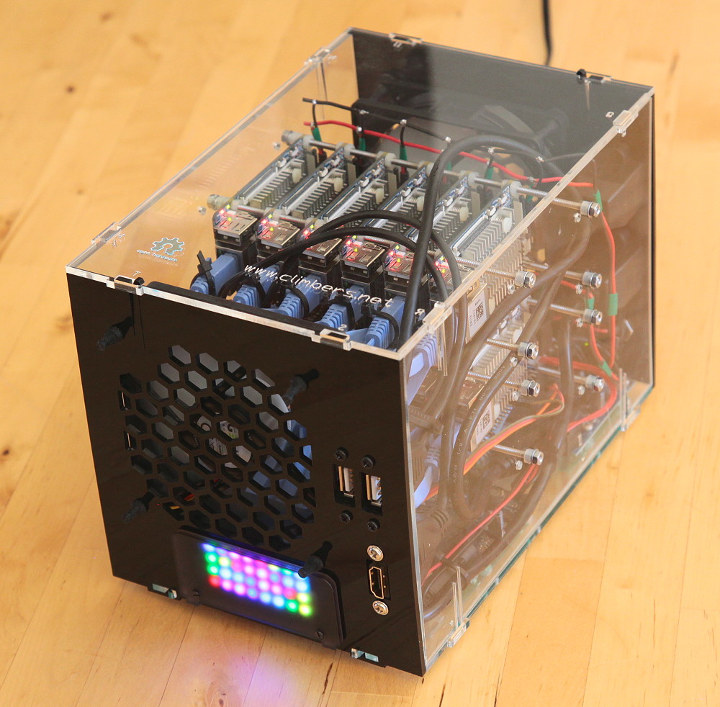Machdyne’s Blaustahl is a USB storage device equipped with a Raspberry Pi RP2040 MCU and 8KB of FRAM with a potential lifespan of over 200 years and designed for long-term storage of text up to about 8,000 characters. FRAM (Ferroelectric RAM) has been around for years delivering ultra-low power consumption, faster writes, and ultra-long write endurance (one million billion read/write cycles) compared to EEPROM or NOR flash, but the cost is quite higher and it’s mostly used in applications that require ultra-low power consumption and non-volatile storage write capabilities such as data logging, sensor networks, batteryless applications. The Blaustahl storage device and USB text editor is one of those. Blaustahl speciications: Microcontroller – Raspberry Pi RP2040 dual-core Cortex-M0 processor at 133MHz and 264kB RAM. Storage 4MB (32Mbit) NOR flash for firmware 8KB (64Kbit) FRAM (Fujitsu MB85RS64) Lifespan – 95 years @ +55°C, over 200 years @ +35°C Endurance – 10^12 […]
Radair mini gateway – A 3-in-1 LoRaWAN gateway, Helium miner, and environmental monitoring station
Radair mini gateway is a multiple-purpose gateway with LoRaWAN, WiFi 6E, Bluetooth and Ethernet connectivity, a Quectel GNSS module, the ability to connect to the Helium network to mine HNT cryptocurrency, as well as a 4-in-1 Bosch environmental sensor to monitor temperature, humidity, pressure, and air quality. Radair mini gateway specifications: SoC – Quad-core Arm Cortex-A53 “crypto” CPU System Memory – 2GB DDR3 Storage – 16GB eMMC flash, MicroSD card socket Connectivity WM1302 LoRa concentrator for LoRaWAN support Gigabit Ethernet RJ45 port 802.11 b/g/n/ac/ax Wi-Fi 6E and Bluetooth 5.2 via Mediatek MT7921AU module Dual Antenna – Wi-Fi 6E, LoRa GPS – Quectel GNSS module 4-in-1 Bosch environmental sensor Temperature & Humidity Pressure (Altitude accuracy +/- 1M) Air Quality (Carbon Monoxide, Bacteria, Smoke, Sulfur, Hydrogen) USB – 1x USB 3.2 Gen 1 Type C port (in front) for external accessories HW security – Microchip Technologies ECC608 secure element Misc – Reset/Bluetooth […]
ROMA Linux laptop to feature quad-core RISC-V SoC, support Web3, NFT, cryptocurrencies, etc…
ROMA is an upcoming Linux laptop equipped with an unnamed quad-core RISC-V processor with GPU and NPU, up to 16GB RAM, 256GB storage, primarily aimed at software developers, and with Web3 technology integration. The ROMA laptop will be born out of the collaboration between DeepComputing working on engineering and Xcalibyte taking care of system tuning, plus PW (assembly), ECP (security), XC (crypto), Rexeen (voice), and the LatticeX Foundation (PoS blockchain, NFT). ROMA laptop preliminary specifications: SoC – Quad-core RISC-V CPU with GPU for graphics, NPU for AI (12nm chip for the Pro model, 28nm chip for the Standard model) System Memory – 16GB LPDDR4/LPDDR4X RAM Storage – 256GB eMMC flash Security – Arm SC300 security enclave processor Display, keyboard, touchpad I agree that’s a bit light on details. We’re told the laptop will support most Linux operating systems and the company will offer free SoC and SoM upgrades, as well […]
Board for 60 ESP-01 modules that update firmware from Github, mine “Duino Coins”
When I first saw the large ESP-01 V1.0 board on Facebook, I thought it was designed to speed up firmware updates of up to 60 ESP-01 modules. The developer, Thanormsin, just explained it would take 5 to 24V DC input to power all ESP8266 attached to it. It looks cool to have so many But there was no PC interface to update the firmware, so it did not make sense to me, even if it could be used for OTA firmware updates, as the first time, one would have to manual update the firmware. So I discussed with Thanormsin, and he explains to me his initial arrangement was a cable mess. That is why he designed a board to make it neater, and easier to manage. Each ESP-01 module can update firmware from the Internet, more especially from Github, as each time a new firmware version is uploaded to Github, […]
Helium Hotspot LoRaWAN Gateway also Earns Cryptocurrency
We covered MatchX M2 Pro LPWAN Crypto-miner yesterday, and at first, I really thought that combining LoRaWAN gateway with cryptocurrency mining was really just a gimmick. But after talking with others, I found out that MXC Foundation HashDash used with the MatchX gateway was not the only such solution, and I was introduced to Helium Hotspot. A Helium Hotspot is a LoRaWAN gateway that also allows you to earn HNT cryptocurrency, and it could more than just prove a way to fund the deployment of public LoRaWAN networks, as as we’ll see below some people or companies are making some serious money, while others not so much. A DIY Helium Hotspot can also be made from a Raspberry Pi 3/4 and a RAK2245 Pi HAT. Helium Hotspot key features and specifications: SoC – Quad-core Arm Cortex-A53 application processor System Memory – 1GB RAM Storage – 64GB Storage Connectivity Ethernet Dual-band […]
MatchX M2 Pro LPWAN Crypto-Miner Supports LoRaWAN and Cryptocurrency Mining
A few years ago, I received MatchX.io MatchBoX outdoor LoRaWAN gateway for review, and eventually tested it with RAK811 LoRa tracker once I got a node to play with, and made sure I did not break any local laws. But now the company has come up with an unusual gateway with its MatchX M2 Pro LPWAN Crypto-Miner that acts as a traditional LoRaWAN gateway, as well as a cryptocurrency miner. I’m a bit perplexed by the solution as miners are notoriously power-hungry, but let’s have a look. MatchX M2 Pro specifications: SoC – NXP i.MX 6UL (MCIMX6G2CVM05AB) single-core Arm Cortex-A7 processor @ up to 528MHz System Memory – 256MB DDR3 RAM Storage – 256MB NAND FLASH, optional SSD up to 32GB or industrial SD-Card Networking & Wireless Connectivity LoRa Radio – SX1302 chipsets, 16 frequency channels Supports EU868, US915, AS920, AS923, AU915, KR920, IN865 regions 2.4Ghz 802.11b/g/n WiFi 4 GPS […]
Elk, An Allwinner H3 Development board Crafted For the Decentralized Internet (Crowdfunding)
Back in 2017, Bitcoin peaked at almost $20,000; many were pretty shocked about how this supposed virtual currency suddenly become a scare resource. It also brought limelight to the technology behind it Blockchain and the idea of Decentralized internet. Although the success of the cryptocurrency didn’t last that long, as it lost about 80 percent in a year and still categorized as one of the biggest bubbles in financial history. After the crash of Bitcoin and some other similar cryptocurrencies, a lot of people predicted that’s the end of the whole Blockchain thing, and the idea of Decentralized internet will not happen. The recently announced Facebook Libra, a new cryptocurrency by the American giant Facebook, shows that Blockchain and the Decentralized web isn’t going anywhere and will probably start growing stronger. Arduino made it possible for Artist, Makers, Engineers, Students to bring ideas to life and quickly make things easier. Now, […]
96-Core NanoPi Fire3 Boards Cluster is a DIY Portable Solution to Teach or Develop Distributed Software
Nick Smith has been messing around with clusters made of Arm boards for several years starting with Raspberry Pi boards, including a 5-node RPI 3 cluster, before moving to other boards like Orange Pi 2E, Pine A64+, or NanoPC-T3. His latest design is based on twelve NanoPi Fire3 boards with 8 cores each, bringing the total number of cores to 96. The platform may not be really useful for actual HPC applications due to limited power and memory, but can still be relied upon for education and development, especially it’s easily portable. Nick also made some interesting points and discoveries. It’s pretty with shiny blinking LEDs, and what looks like proper cooling, and the cluster can deliver 60,000 MFLOPS with Linpack which places it in the top 250 faster computers in the world! That’s provided we travel back in time to year 2000 through 🙂 By today’s standard, it would […]


